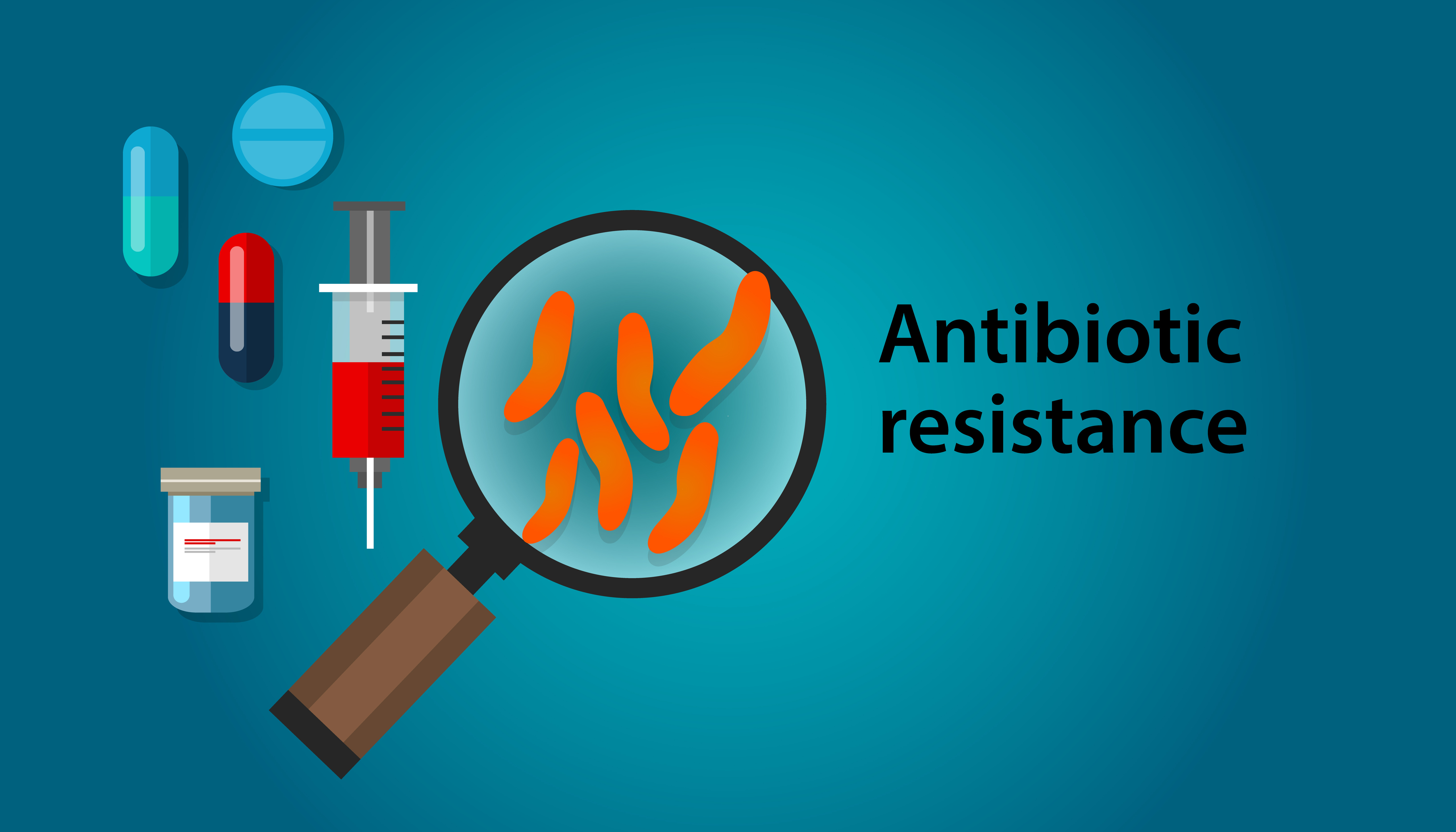
by Chuck Sanders
The discovery and development of antibiotics is credited with extending the average lifespan of humans by years. The golden age of antibiotic discovery spanned the late 1930s to the early 1960s, a period during which a majority of the roughly 25 families of currently used antimicrobial drugs were first discovered and developed. While medicinal chemistry has expanded the number of compounds within many of these families, subsequent progress in bringing new classes of compounds into approved clinical use has been very slow. This dearth of progress is alarming in light of the evolution of multi-drug-resistant strains of pathogenic bacteria, some of which are resistant to nearly all known antibiotics.
Roughly ¾ of the known classes of antibiotics are natural products or NP analogs/derivatives. Given the vast size of the synthetic compound libraries housed by big pharma companies, the paucity of fully synthetic antibiotics is sobering. This does not reflect slovenliness by the large pharmaceutical houses. To cite one case study, from 1995 – 2001 GlaxoSmithKline used newly available genomic information and subsequent experiments involving the major bacterial pathogens to identify some 160 genes that encode essential proteins that are shared by major pathogenic bacteria but are not found in mammals. They then chose 70 of these protein targets and conducted massively parallel high-throughput screening of their 500,000-compound library to find molecules targeting each protein. This extraordinary project, conducted by experienced and fully equipped drug-hunting teams, yielded zero new antibiotics.

While one wonders if all the factors leading to such abject frustration have been identified, it has been suggested that a major barrier to success in the GSK project was that most of the essential target proteins of pathogenic bacteria are cytosolic, meaning that to reach their target, suitable lead molecules must be able to permeate the cell wall and plasma membrane of gram positive bacteria and—even harder—both the outer and inner membranes of gram negatives. The molecules of most HTS compound libraries are curated so as to be compliant with Lipinsky’s Rule of Five, which summarizes the physical chemical properties often shared by successful drugs. However, the Rule of Five was developed mainly for drugs targeting human cells. It is now that thought that the rules defining what small molecule properties facilitate microbial permeability are different. Drugs that cannot reach their microbial target obviously are not going to work. Mother Nature is well aware of this: a number of NP antibiotics act on bacterial membranes or on proteins that are either extracellularly exposed or located in the relatively easy-to-access periplasm of gram negatives.
Understandably, a number of big pharma companies have become wary of continuing to dedicate such massive resources to such fruitless work. Moreover, there is concern that even discovery of novel classes of antibiotics might not be profitable. This is partly because such compounds might be treated as “drugs of last resort,” reserved for use involving MDR infections only when all else fails. Such rare use, combined with the fact that antibiotics, when effective, only need to be administered to a patient for a short period of time, potentially denies blockbuster status to such molecules, making it hard for companies to recoup their considerable investment and turn a profit. There is now only a trickle of new antibiotics reaching the full approval for human use, most of which are analogs or derivatives of existing compounds—most often NPs discovered many years ago. Meanwhile, predictions of a coming apocalypse caused by the rapid evolution and proliferation of multi-drug resistant strains of pathogens are rife. Imagine a future where a child’s ear infection can no longer be cleared by “the pink stuff” or where even simple surgical procedures again become perilous. If your imagination needs inspiration just visit any 19th century cemetery.

There is good news that current barriers to effectively confronting growing MDR seem NOT to be based on lack either of innovation or of promising avenues to pursue. Let’s cite a few examples. Consider that a a significant fraction of all current antibiotics are based on compounds discovered from a single armed-to-the-hilt genus of Actinobacteria—Streptomyces. Yet, the sequenced genome of this organism suggests that we have identified only 10% of the antibiotics in its arsenal, offering the possibility of discovering new molecules by exploring new culture conditions in which the production of some of these predicted compounds are induced. Alternatively, the putative Streptomyces “biosynthetic gene clusters” can be cloned and exogenously expressed to determine what previously undetected candidate compound is generated. Cryptic BCGs that likely encode other novel antibiotics are also present in many other bacterial species.
Another strategy is based on the notion that we have learned how to culture less than 1 percent of all species of bacteria, suggesting a fabulous frontier is waiting to be explored based on novel approaches for culturing microbes. A very different path that is just beginning to be explored is the possibility of developing compounds that do not kill bacteria, but instead act by targeting virulence factors such as bacterial toxins or the proteins controlling microbial quorum sensing or biofilm formation. Turning elsewhere, while the idea of targeting the protein factors upon which microbial drug resistance is based is not new, an intriguing new approach is to directly target the capacity of bacteria to evolve resistance to new antibiotics. The rate of gene mutations in bacteria is not constant, but can be dramatically increased by various forms of cell stress that activate genetic error-promoting mechanisms. Can the evolutionary mechanisms driving adaptations to chemical insults such as antibiotics be directly targeted? Innovation is paying off. Among the roughly 25 antibiotics currently in clinical development, six represent new molecular scaffolds. Moreover, there are another roughly 15 non-traditional antimicrobial reagents in clinical trials. If progress towards effective and lasting therapies that address MDR pathogens has been limited, it is not for want of creativity.
As I complete this essay on Easter Sunday and during Passover and Ramadan, I wonder if the greatest hurdles to tackling the accelerating MDR crisis have much in common with those for addressing climate change. In both cases, it is not an issue that humankind misunderstands the problems or lacks the innovation needed to formulate effective solutions. Rather, the greatest challenge seems to be HOW to activate globally concerted action that will, in the short term, be costly and require self-sacrifice. To borrow a term from sports, the collective “we” need to be willing “to take one for the team.” In the case of MDR, this may mean that the barriers to facile, open, and well-funded collaboration between big pharma, startups and smaller companies, academia, the medical community, and governments need to be broken down. Moreover, a great deal of money will need to be spent on the coordinated development of anti-MDR drugs and treatments that may never break even in terms of direct financial return on investment. No proposals are offered here for how we can summon the resources and the resolve required to get over this energy barrier. However, I worry that if we don’t, Rider No. Four of the Apocalypse is coming.
Acknowledgements
I thank natural products expert Brian Bachmann for conversation and reference to several papers that inspired this article and Houra Merrikh for making me aware of efforts (some based in her lab) to characterize and target protein factors that enhance the rate of mutagenesis and molecular evolution in bacteria. References to the original works mentioned in this article can be found in a superb set of reviews.